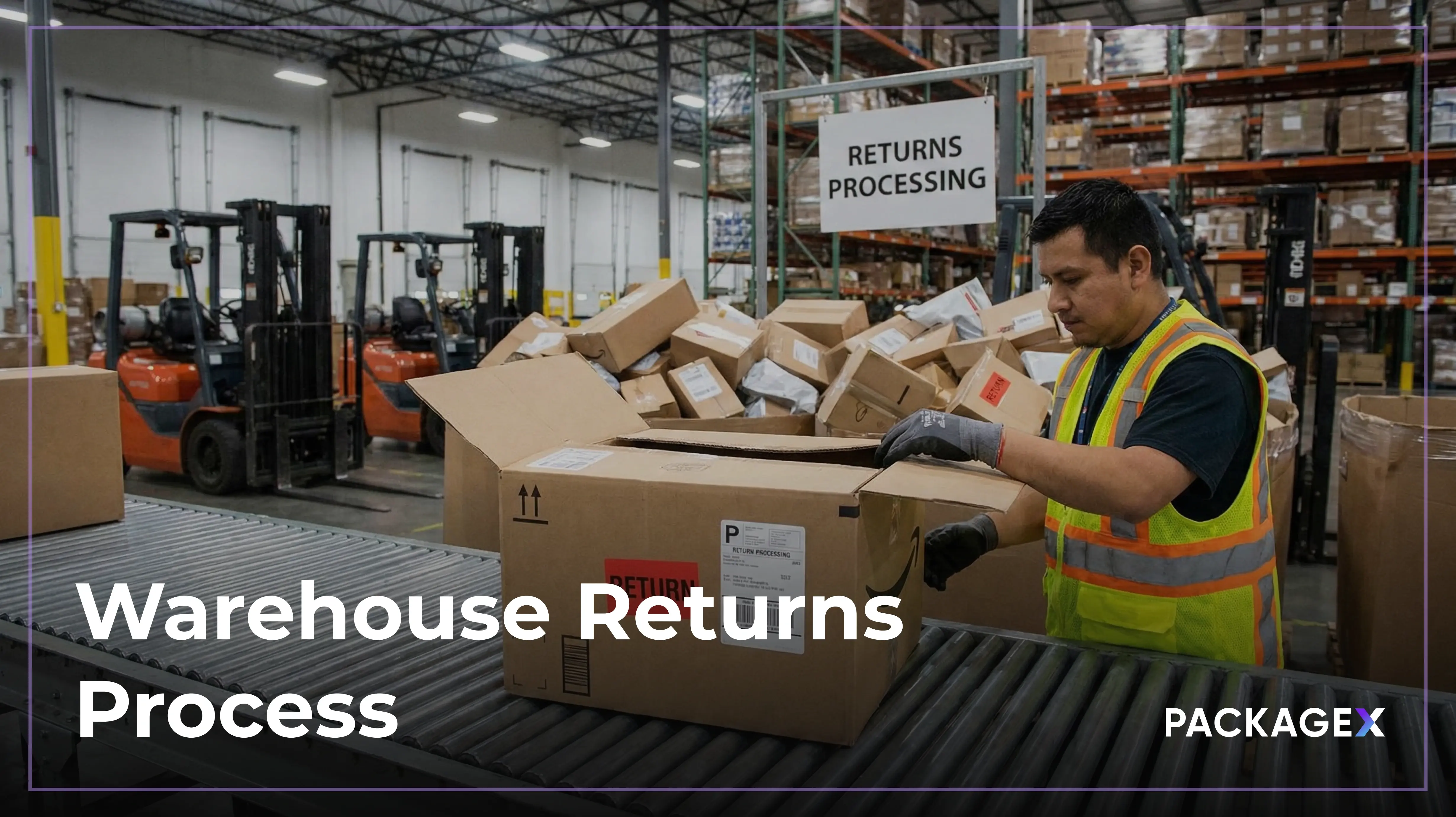The use of data has become more critical to businesses for analyzing their weaknesses and strengths to improve performance. Keeping track of inventory is therefore essential. Many manufacturing plants around the world have struggled with inventory management.
Inevitably, questions arise. Are there enough stocks to be kept on hand? Are there ways to keep costs down while still managing our inventory effectively? Is it possible to have a better understanding of our inventory situation at any given time?
Inventory management is the foundation for any business that sells products. Data management is an important tool for companies to run smoothly and manage their expenditures. Therefore, automated inventory management system software is the best way forward to keep track of all your inventory items and, ultimately, enhance the profitability of your business.
The pandemic caused moderate disruptions to 56% of retailers. You may wonder if your company can keep up with recent digital innovations and the current economy. With Inventory by PackageX, you don't have to stress. By optimizing inventory usage, increasing output on bottlenecks, providing visibility, enabling data-driven insights, and synchronizing supply with demand, you can save money and increase revenue altogether.
Manual Vs Automated Inventory System – What’s the Difference?
Data on the manual inventory is kept on inventory sheets, and each item is manually noted. Many still employ it today. The manual inventory system involves a person manually maintaining and updating each record, increasing the risk of human error. Furthermore, this system is also susceptible to data loss because inventory sheets can get torn up over time, lost, or replaced. In contrast, an automated inventory system is controlled and managed by a software. It is safe, more efficient, more secure, and almost impossible to lose data. A growing number of people are now using automated inventory systems to manage their inventory and data.
Advantages of an Automated Inventory Management System
Mentioned below are some major advantages of an automated inventory management system:
1. Reordering and In-Stock Information
Employees and customers can instantly determine if an item is in stock or not using computerized inventory. Inventory and sales are synced, keeping an eye on what is in stock and what isn't. The reordering process is facilitated, and customers receive better service. The system tracks new orders placed with vendors and tracks them if inventory has fallen below safety stock requirements. Customers are also informed of new product deliveries.
Logility Survey reveals that 36% of supply chain professionals say inventory management optimization is a driving force behind their analytics initiatives to balance supply and demand.
2. Data Insights and Cloud backup
Another key advantage inherent to automated inventory management software is forecasting and planning. Computerized inventory management software helps companies track inventory on hand, how much they need to reorder, and when. Reports for forecasting and strategic planning are also generated using this data collection system.
Business owners review trends in selecting the products to sell in certain months or during certain cyclical seasons. Backing up data regularly is essential to preventing data loss. Additionally, cloud-based management of inventory levels makes it easier to centralize inventory management from multiple outlets. A feature that holds a strong place in the debacle of manual vs automated inventory systems.
Inventory by PackageX can be integrated right into your system. You can manage your business's or campus' inventory across buildings, offices, and campuses. Retailers can automate their inventory management in a streamlined manner yet remain robust enough to scale with their businesses. The software’s real time tracking, intuitive dashboard, and AI scanning along with many other features will be the only right approach for all solutions.
3. Efficient Waste Tracking System
Your profits can be increased by preventing expenditures and decreasing daily wastage. Software that maintains an automated inventory will keep track of every item that is brought in and discarded in real time.
You can use the statistics to determine which items can be replaced on your list to reduce daily waste. Over time, you could save a lot of money. Utilizing an automated inventory system is an ideal way to minimize waste and maximize usage over time.
4. Multi-location Control
Being able to know what's in stock and maintain a standard inventory spreadsheet is difficult enough even when all inventory is in one place. The advantage of using automated inventory management is that once multiple warehouses and consignment warehouses enter the equation, it is possible to integrate inventory levels across all locations.
Drawbacks of an Automated Inventory System
There are certain drawbacks of an automated inventory management system which include the following:
Prone to System Crash
One of the main concerns of any computer system is its vulnerability to a system crash. Several technical problems can lead to the loss of information, including a corrupted hard drive and power failures. To protect against system failure, owners must regularly backup their data. A lack of data access is at minimum hampering business operations.
Risk of Hacking
Cybercriminals, or hackers, are always on the hunt to obtain information about a company or a customer. In conjunction with point-of-sale and accounting systems, the inventory platform is indeed a valuable resource that can be exploited to obtain significant financial data or sensitive information about suppliers and consumers. However, updating security systems and antivirus software can still counteract this potential problem.
Manual Inventory Process – A No-Brainer?
Simplicity is the hallmark of the advantages of a manual inventory system. Manual inventories are often perceived as static, but they are reliable unless they are lost or lost. Additionally, they are easily readable and understood.
While manual tracking is limited in its ability to analyze sales data, it may be the only advantage of a manual inventory system if you are starting in your business and do not have a variety of large or varied product lines. A computer-controlled inventory management system can facilitate tasks and analyze data rapidly within a short timeframe.
In comparison to an automated warehouse management system, a manual inventory process is more labor-intensive. The benefits that can be reaped from an automated inventory system will affect not only your team but the entire organization.
Small businesses with limited stock may benefit from a manual inventory process. But as businesses become more complex with growth, controlling inventory through a manual process becomes challenging. Using barcodes or QR codes becomes a much more reliable and convenient method of inventory control than manually sorting through inventory sheets.
{{returns-webinar}}
Bottom Line – Manual vs Automated Inventory System
Having a well-managed inventory is integral to a company's health, as it helps limit the possibility of stockouts and inaccurate records. Today's market is becoming highly competitive. In the long run, success goes to those who adapt to current conditions and make changes accordingly.
Globalization is accelerating at present, and technology is increasing in importance. The needs of consumers have changed dramatically, and they want more efficient services and products. A company that is in sync with these dynamic circumstances is sure to succeed in any industry.
Are you tracking stock movements and locations within a warehouse, planning inventories, tracking trends, or both? Questions that will determine the best module for you! It is important to identify the features that your business needs before getting into the ground of a manual vs automated inventory system.




